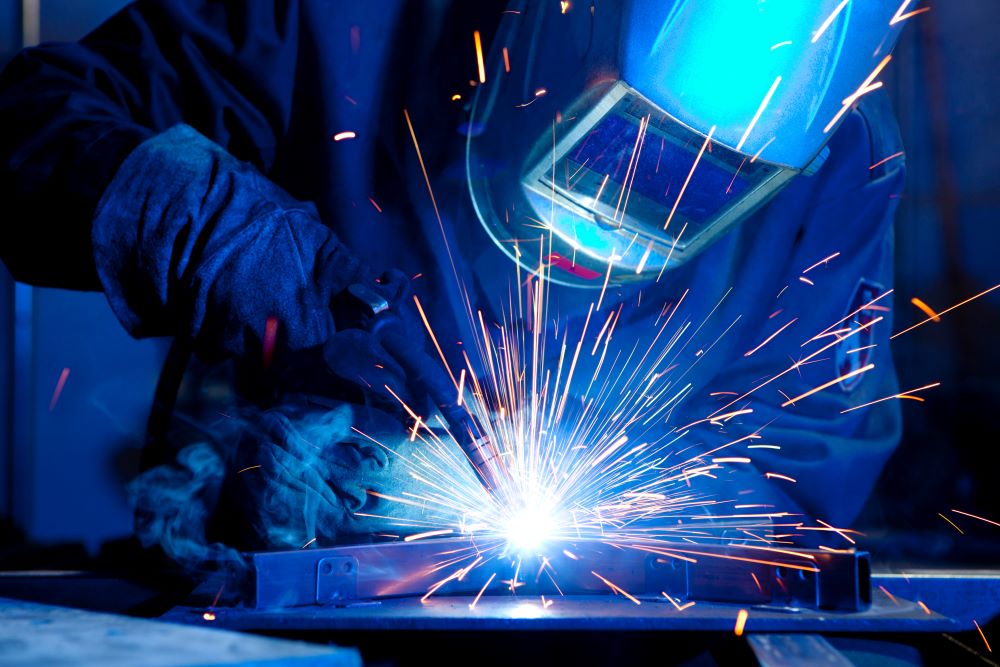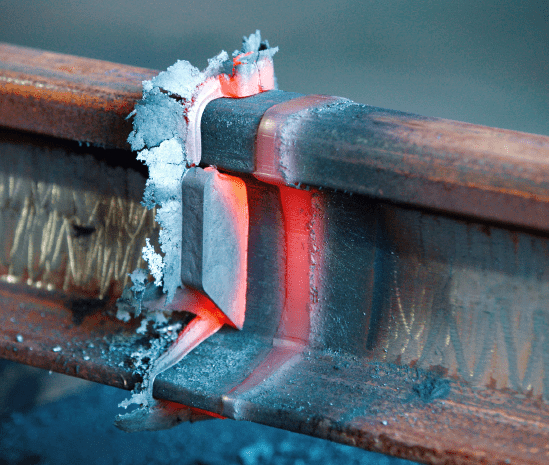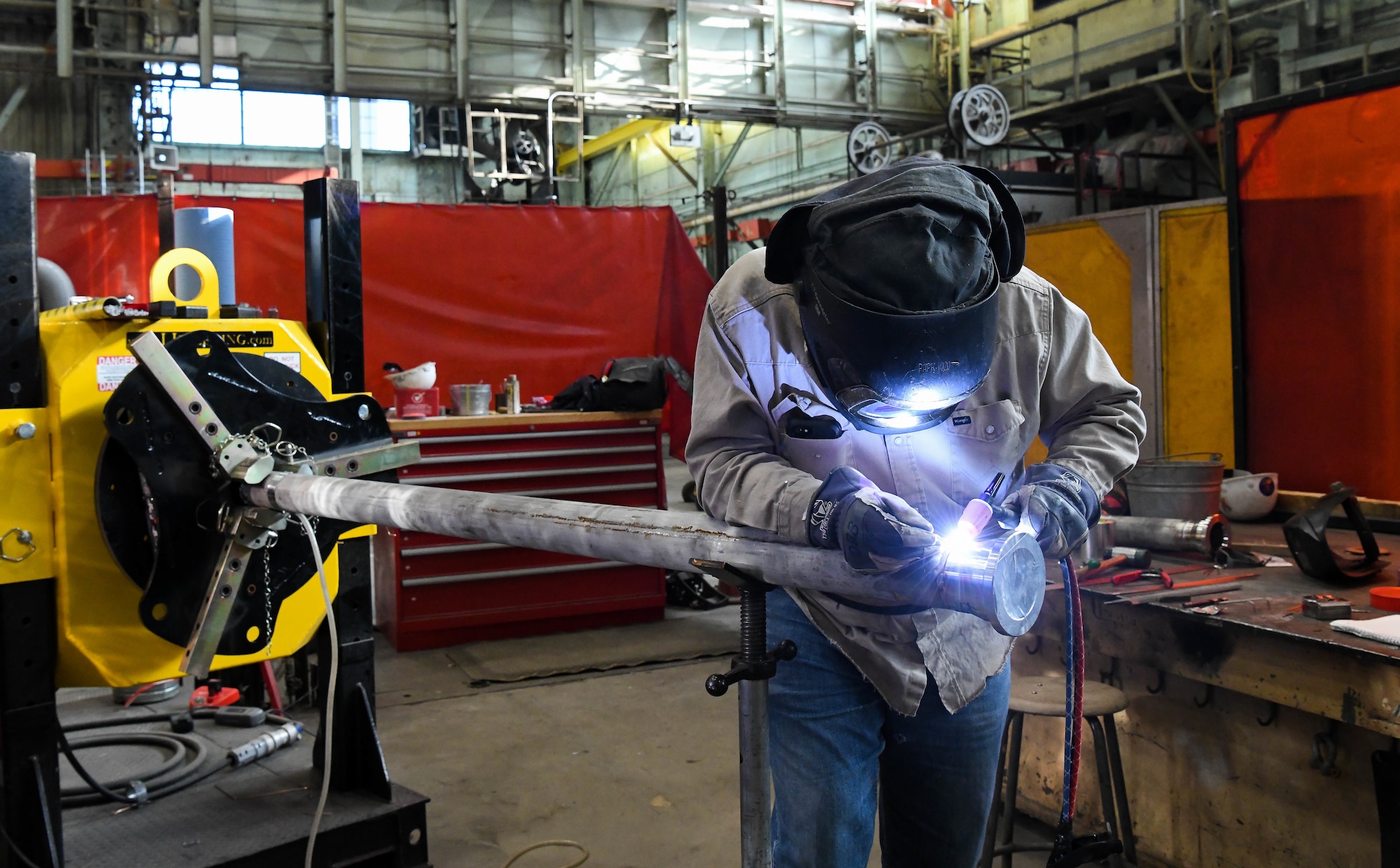Welding WPS for Beginners: Starting with Welding Procedure Specifications
Welding WPS for Beginners: Starting with Welding Procedure Specifications
Blog Article
The Ultimate Guide to Welding WPS Procedures: An Extensive Review for Welders
In the complex globe of welding, Welding Procedure Specs (WPS) function as the foundation of making sure quality, consistency, and safety and security in welding procedures. Understanding the nuances of developing, implementing, and keeping an eye on WPS treatments is important for welders aiming to elevate their craft and meet market requirements. As we dive right into the numerous components of a WPS and explore the complexities of credentials and certification, we will uncover the crucial duty these treatments play in the world of welding. Allow's start a journey to unwind the intricacies and relevance of WPS treatments in welding practices.
Significance of WPS Procedures
Understanding the importance of Welding Procedure Specifications (WPS) procedures is essential for guaranteeing the quality and integrity of welded structures. WPS treatments offer as a roadmap for welders, describing the required steps, parameters, and products required to achieve a sound weld. By adhering to WPS standards, welders can make certain uniformity in their work, resulting in dependable and structurally audio welds.
One of the key reasons why WPS procedures are crucial is their duty in keeping weld top quality and integrity. Complying with the specified welding specifications and strategies described in the WPS assists avoid problems such as porosity, splitting, or insufficient blend, which can jeopardize the toughness and longevity of the weld.

Parts of a WPS
A Welding Procedure Specification (WPS) typically comprises crucial components that information the certain demands for carrying out a weld, making sure uniformity and high quality in the welding process. The key parts of a WPS consist of vital variables such as base steels, filler steels, interpass and preheat temperatures, welding processes, shielding gases, welding placements, and post-weld warm treatment needs.
Base metals refer to the products being joined, while filler metals are utilized to load the gap between the base steels throughout welding. The welding process lays out the specific technique to be used, whether it's gas metal arc welding (GMAW), protected steel arc welding (SMAW), or another method. Welding settings define the positionings in which welding can be executed.

Certification and Certification
Having developed the vital components of a Welding Treatment Spec (WPS), the focus now changes towards the critical facets of certification and qualification in welding methods.

Certification, on the various other hand, is the official recognition of a welder's certifications by a pertinent accreditation body or company. Welding accreditations are normally based upon the particular welding processes, products, and positions a welder is certified to function with. Holding a valid welding certification demonstrates that a welder fulfills sector standards and is competent to perform welding tasks to the needed specs.
Developing a WPS
To develop a Welding Treatment Specification (WPS) that meets industry criteria, mindful factor to consider of welding procedures, products, and functional specifications is necessary (welding WPS). The very first action in this developing a WPS is to recognize the welding process to be made use of, such as gas steel arc welding (GMAW) or protected metal arc welding (SMAW) When the welding process is identified, the next essential facet is selecting the appropriate products, taking into consideration elements like base metal kind, density, and joint design. Operational specifications such as welding present, voltage, traveling rate, and protecting gas structure must likewise be carefully defined in the WPS.

Applying and Checking WPS
Upon completing the detailed Welding Treatment Specification (WPS) that diligently details welding processes, materials, functional specifications, and top quality assurance procedures, the focus moves to efficiently carrying out and monitoring the well-known treatments. Application entails making certain that all welders entailed in the job know with the WPS and follow it thoroughly during the welding procedure. This calls for offering adequate training and guidance to ensure adherence to the specified treatments. Keeping track of the WPS entails constant oversight to validate that welding activities line up with the documented specs. Assessments, testing, and high quality control measures are vital parts of the monitoring procedure to recognize any issues or variances promptly. Normal audits and evaluations of the welding treatments aid in keeping consistency and high check here quality throughout the task. Efficient implementation and surveillance of the WPS are crucial for making certain the integrity, toughness, and safety of the welded joints, inevitably adding to the total success of the welding project.
Conclusion
Finally, understanding and following Welding Treatment Specs (WPS) is crucial for welders to make certain quality, uniformity, and safety in their job. By knowing the parts of a WPS, getting appropriate certifications and qualifications, developing comprehensive treatments, and implementing and monitoring them effectively, welders can boost their skills and efficiency in welding techniques. Sticking to WPS treatments is essential for producing high-quality welds and meeting sector requirements.
In the complex world of welding, Welding Procedure Requirements (WPS) serve as the foundation of making sure top quality, uniformity, and safety and security in welding procedures. The welding procedure outlines the particular technique to be made use of, whether it's gas steel arc welding (GMAW), shielded metal arc welding (SMAW), or another technique.To create a Welding Treatment Specification (WPS) that meets industry criteria, cautious factor to consider of welding processes, materials, and operational criteria is necessary. The first action in producing a WPS is to determine the welding procedure to be used, such as gas metal arc welding (GMAW) or secured metal arc welding (SMAW)Upon settling the detailed Welding Treatment Requirements (WPS) that meticulously information welding procedures, products, functional criteria, and quality assurance actions, the focus shifts to properly implementing and checking the well-known treatments.
Report this page